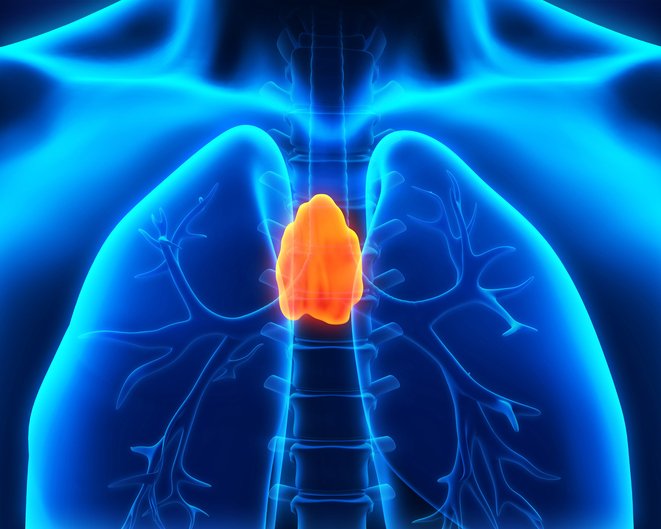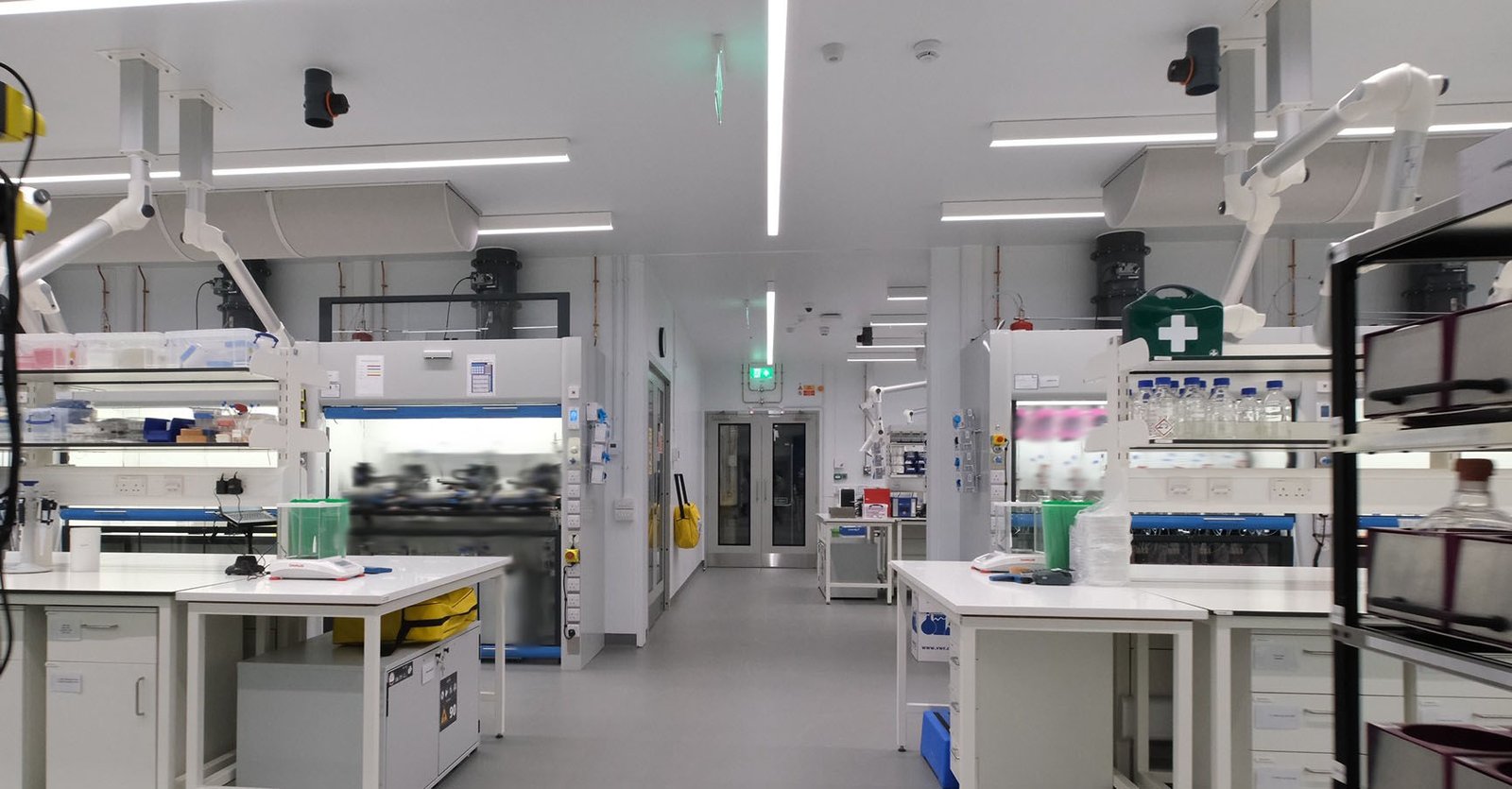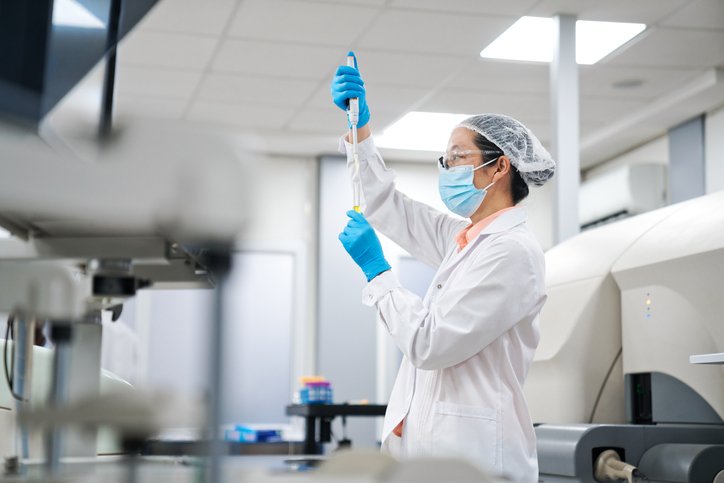Following the drive to understand and control bacteria, it’s becoming clear that our methods have changed the very organisms we aim to understand, increasing resistance to tried-and-true antimicrobial methods. As antibiotic and antibacterial resistance have been growing, alternatives need to be identified.
Microbial diversity and interactions are a well-studied but not fully tapped field of research. Understanding of the interactions between bacteria and other microbes, including archaea, has been elusive. While archaea are often associated with extreme environments, recent advances in sampling sensitivity indicate a larger presence of archaea, suggesting a larger role of archaea in microbial communities.
Despite increased identification of the presence of archaea previously unknown in some communities, how they interact with bacteria and documentation of behaviors, including antagonistic behavior (that may include antibacterial materials), is still lacking.
“Archaea are their own Domain of Life, different from bacteria, and different from eukaryotes (humans, plants, flies, etc.). We know very little about their social lives, including how they interact with their ubiquitous brethren—bacteria,” said lead author Tobias Warnecke, PhD, University of Oxford and the MRC Laboratory of Medical Sciences, U.K.
Warnecke and his team at the University of Oxford and the MRC Laboratory of Medical Sciences, U.K., presented an approach for inferring antagonistic relationships between archaea and bacteria by identifying genetic sequences for peptidoglycan hydrolases—enzymes that cleave bacterial cell walls—in archaea.
Their study, “Archaea produce peptidoglycan hydrolases that kill bacteria,” was published in PLOS Biology.
The research led with an assumption that in order to survive in a shared niche, archaea must compete with bacteria. Thus, they predicted the archaeal antibacterial process would include the archaea producing enzymes that could damage bacterial cell walls.
Surveying phylogenetically balanced databases of prokaryotes, including 3,706 archaea and 50,640 bacteria, the team searched for proteins homologous with peptidoglycan hydrolases. Specifically, they searched for “modular architecture, containing at least one catalytic and one cell wall-binding domain,” they wrote.
The team found that 84% of the bacterial genomes contained peptidoglycan hydrolases, while they found homologs in approximately five percent of the archaeal genomes. To test the functionality of the peptidoglycan hydrolase homologs, they narrowed down their initial list, choosing bacteria and archaea with overlap in sequences.
“We reasoned that as the peptidoglycan-binding domain of the peptidoglycan hydrolases confers target specificity, we might home in on putative target bacteria by looking for homology between the peptidoglycan-binding domain of a given archaeal peptidoglycan hydrolase and the peptidoglycan-binding domains encoded in bacterial genomes,” wrote the authors.
They explored the dynamics of one of the identified peptidoglycan hydrolases matched with three bacteria from similar growing environments. Through growth experiments with the archaea and each of the bacterial species, the researchers found that the peptidoglycan hydrolases were able to kill living bacteria, opening the door for further research into the interplay between archaea and bacteria.

“Our work sheds new light on the social lives of archaea and has implications for how we understand microbial communities. It also suggests that archaea might be a large, untapped reservoir for discovering novel antimicrobials in the future,” said Warnecke.
Further studies are needed to fully understand the dynamics between these groups of organisms. Exploring the functionality of isolated peptidoglycan hydrolase domains with additional bacteria or other identified domains is among the next concerns to address. While this work opens a new window into new antibacterials, more data is needed for broader application of these findings.
“Our work has implications for understanding mixed microbial communities that include archaea and suggests that archaea might represent a large untapped reservoir of novel antibacterials,” the authors concluded.
The post Antibacterials May One Day Be Derived from Ancient Archaea appeared first on GEN – Genetic Engineering and Biotechnology News.



